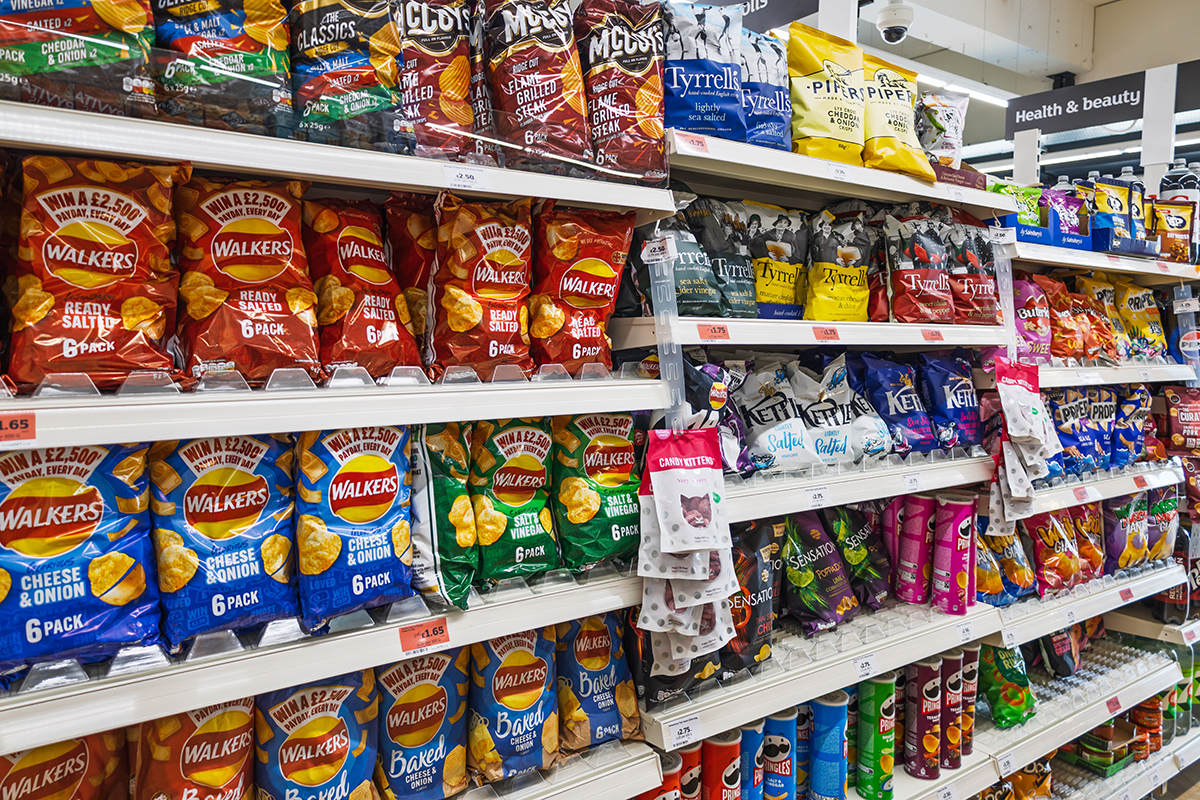
PackUK has begun issuing the first EPR invoices to packaging producers, outlining payment rules, penalties and next steps toward modulated recyclability fees. |
Tartezy / Shutterstock
- Fee modulation is based on reported 2024 data
- Base fees expected to raise nearly $2 million in 2025
- Industry raises concerns about transparency, fee pass-through
The administrator for the UK’s extended producer responsibility program for packaging has issued its first invoices to packaging producers, marking the start of a major shift in how household packaging waste is funded.
PackUK issued the Notices of Liability earlier this month, based on packaging data submitted for 2024 to cover disposal costs for the period from April 2025 through March 2026. Producers will have 50 days to pay in full or may opt into a four-installment plan managed by Stripe, the payment service provider contracted by Defra and PackUK.
Under the system, the submitted data determines future fee modulation and link disposal costs to recyclability from 2026 onward. Producers failing to submit required data risk enforcement action and financial penalties.
In early September the organization published detailed guidance to help producers prepare, outlining payment options, statutory debt rules and fraud-prevention measures.
Base fees and material rates
PackUK in June published the final base fees that form the foundation of the packaging EPR payment structure. The rates were lower than what was proposed in late 2024, with reductions across most materials. Glass saw the steepest drop at 20%, followed by aluminum at 38.9%. Trade press estimates suggest about £1.46 billion ($1.95 billion) could be raised in 2025, based on tonnage assumptions and the final base-fee rates.
The base fees include costs for program administration, public information campaigns and provisions for bad debt. Each producer’s share of these costs is distributed in proportion to its reported packaging tonnage and material mix. The government said the lower rates reflect refinements in data and an effort to ensure that the first year of invoicing provides a fair and transparent baseline.
John Redmayne, managing director of EPR compliance firm ERP UK, told trade media in June that the launch of invoicing represents a watershed moment for the sector. “From October 2025, companies will start receiving their first invoices under the new Extended Producer Responsibility system. It’s the transfer of about £1.5 billion in annual costs from local authorities to packaging producers. The change is here, and companies that embrace these data requirements and use the insights to optimize their packaging choices will be the winners in this new landscape.”
The British Retail Consortium has warned, however, that costs could filter through to consumers, estimating that as much as 80% of fees may be passed on in retail pricing unless transparency improves.
Looking ahead
PackUK has also set out a plan for the recyclability assessment methodology (RAM) to determine how packaging recyclability will affect producer costs from 2026. The RAM Roadmap, published in October, outlines a series of policy reviews, material guidance updates and technical committee meetings through the end of the decade.
A producer responsibility organization (PRO) is expected to be appointed in March 2026 to assume many of PackUK’s administrative functions. The roadmap schedules guidance reviews for flexible plastics in late 2026, rigid plastics in early 2027, glass in 2028, and bioplastics and compostables in 2029. Industry groups have welcomed the clarity, though some continue to question whether the methodology reflects real-world recycling capacity and market demand.
PackUK said the roadmap is a “living plan” subject to revision as data improves and systems mature. For producers, the immediate focus remains on accurate reporting, timely payment and preparation for modulated fees that will more closely link financial performance to environmental outcomes.
More stories about EPR/Stewardship

